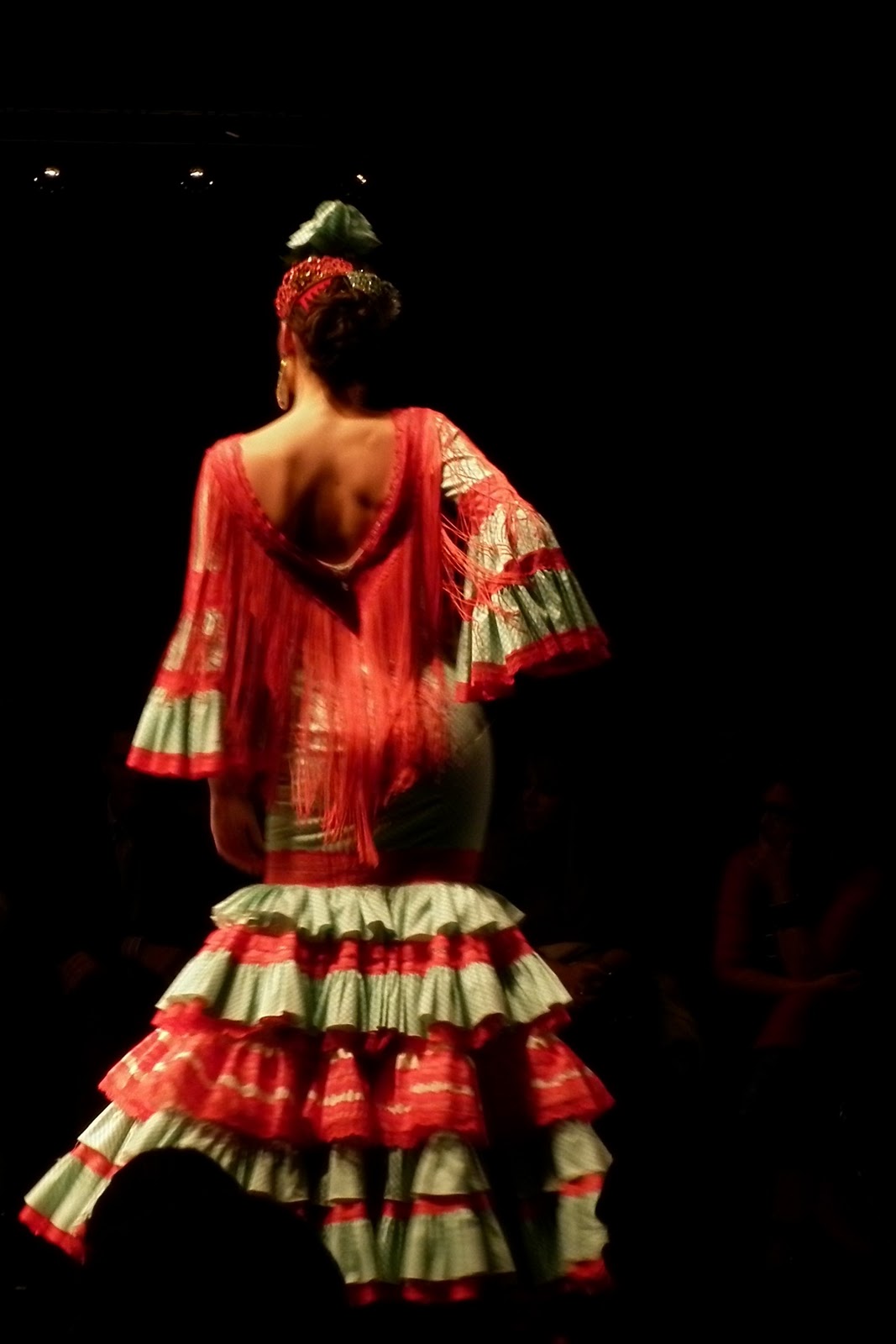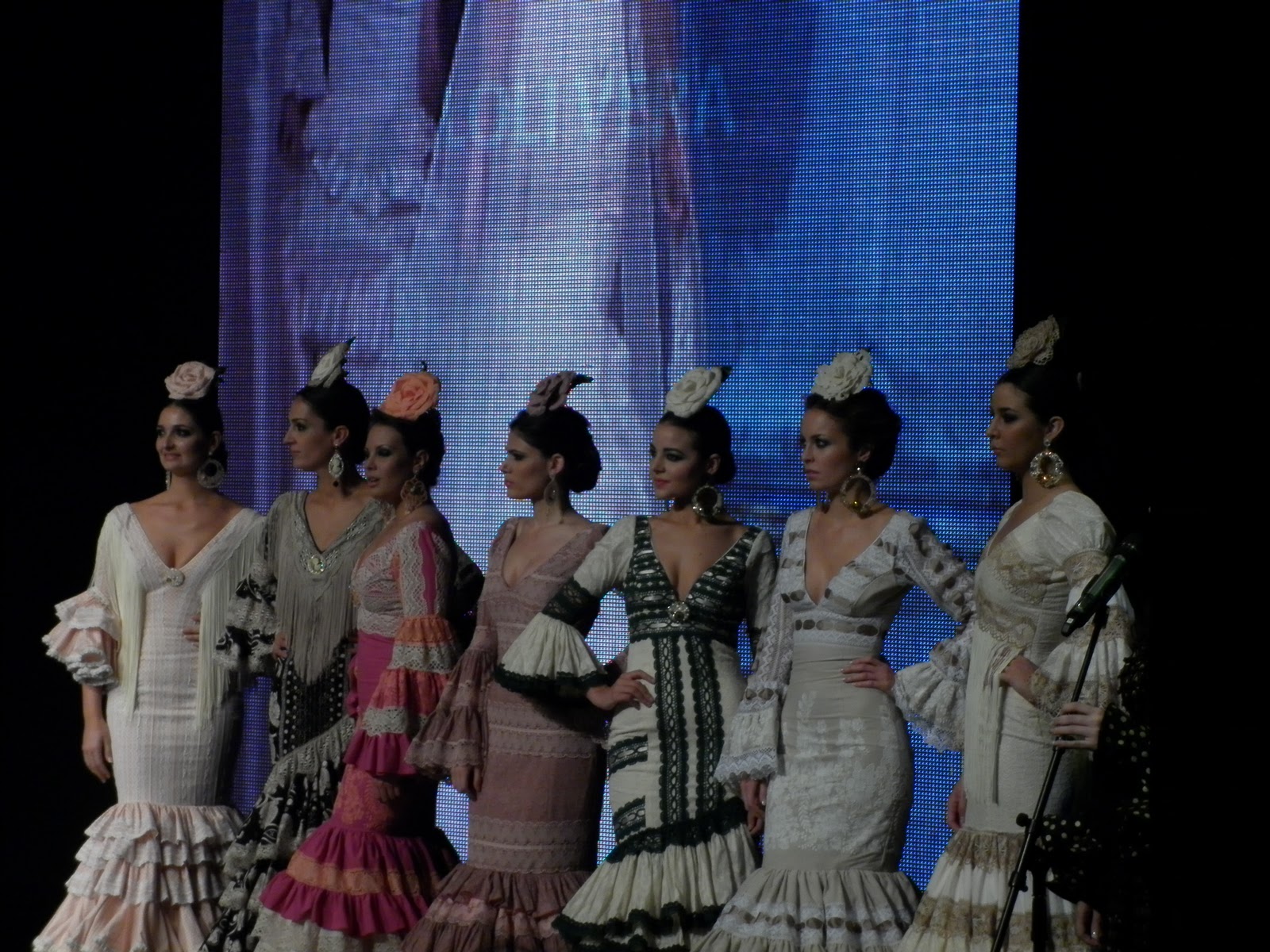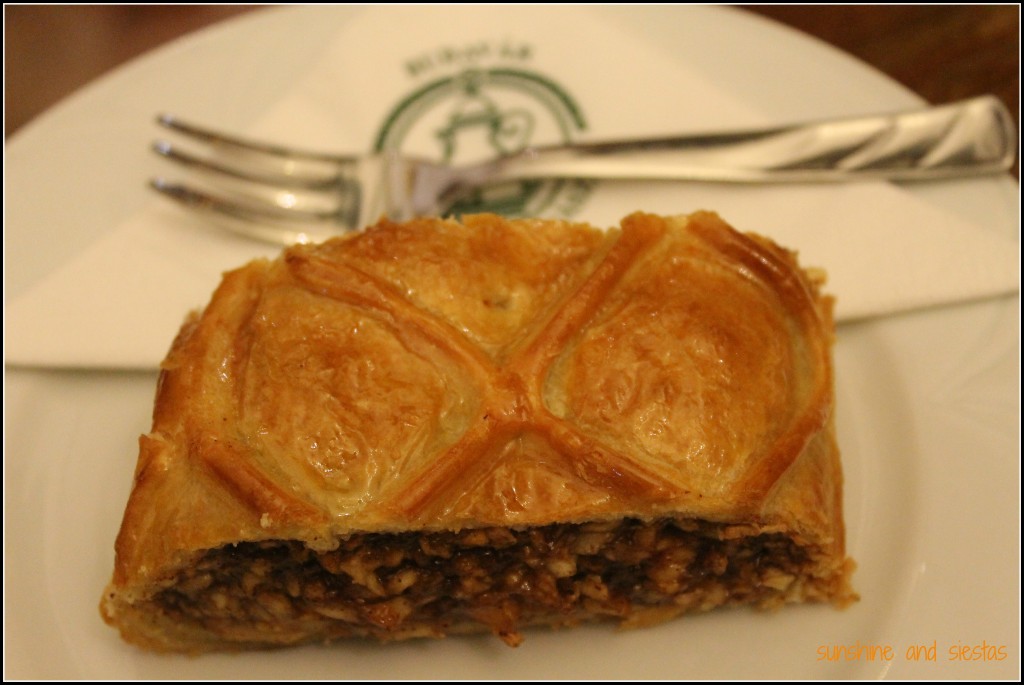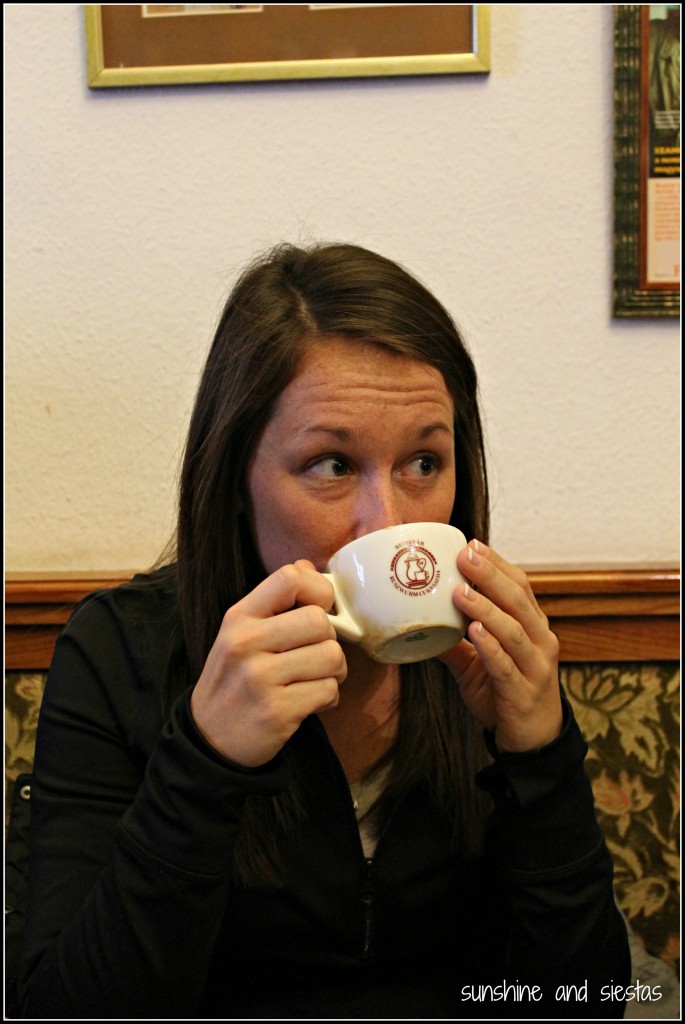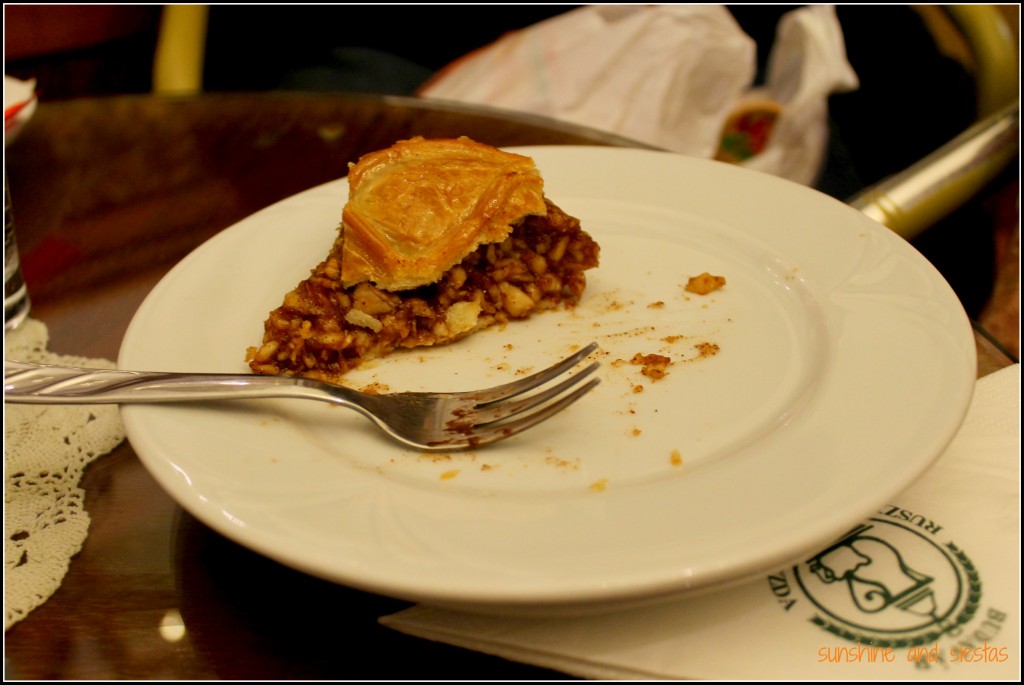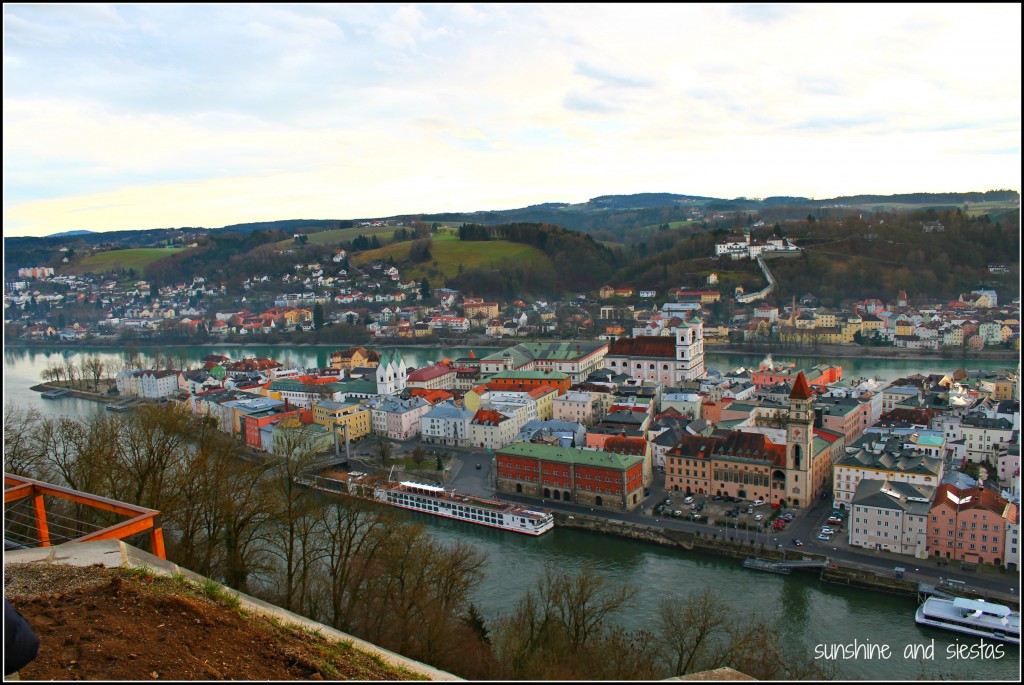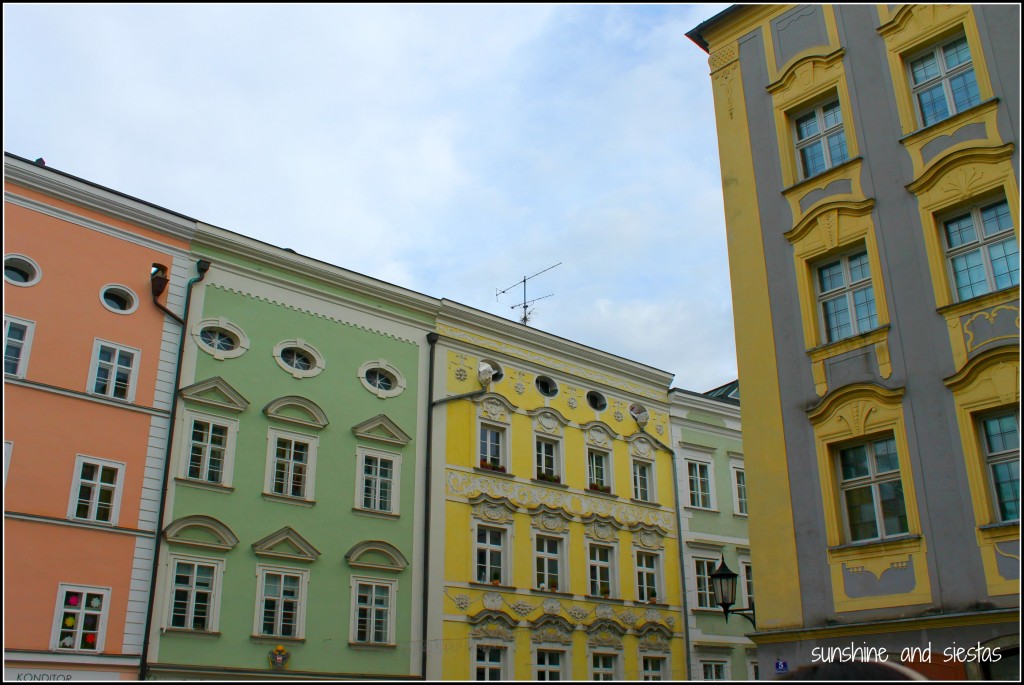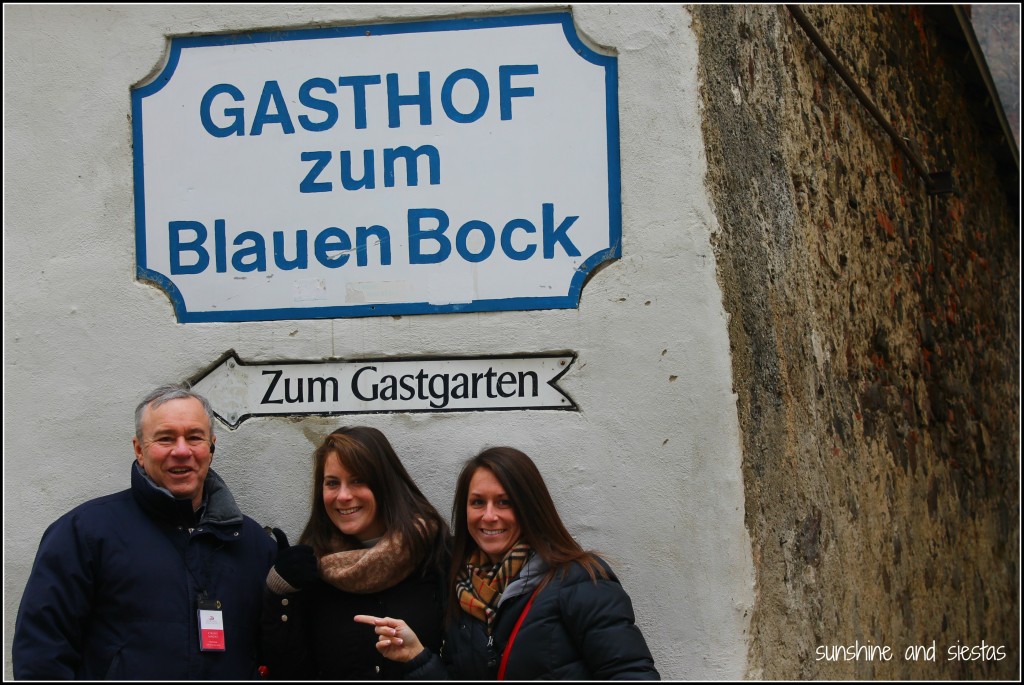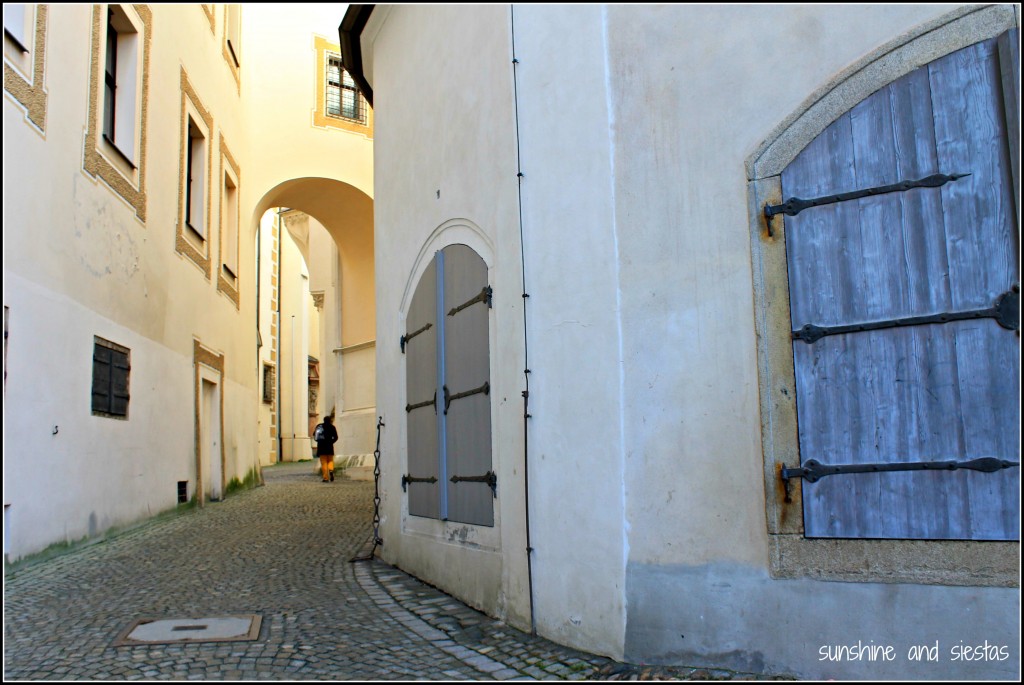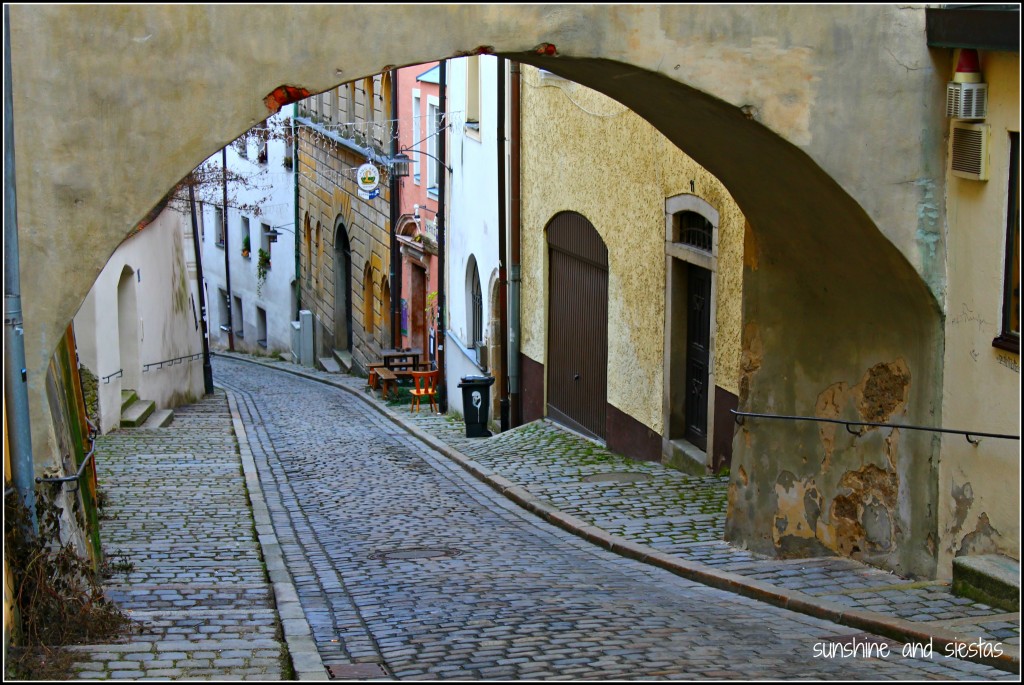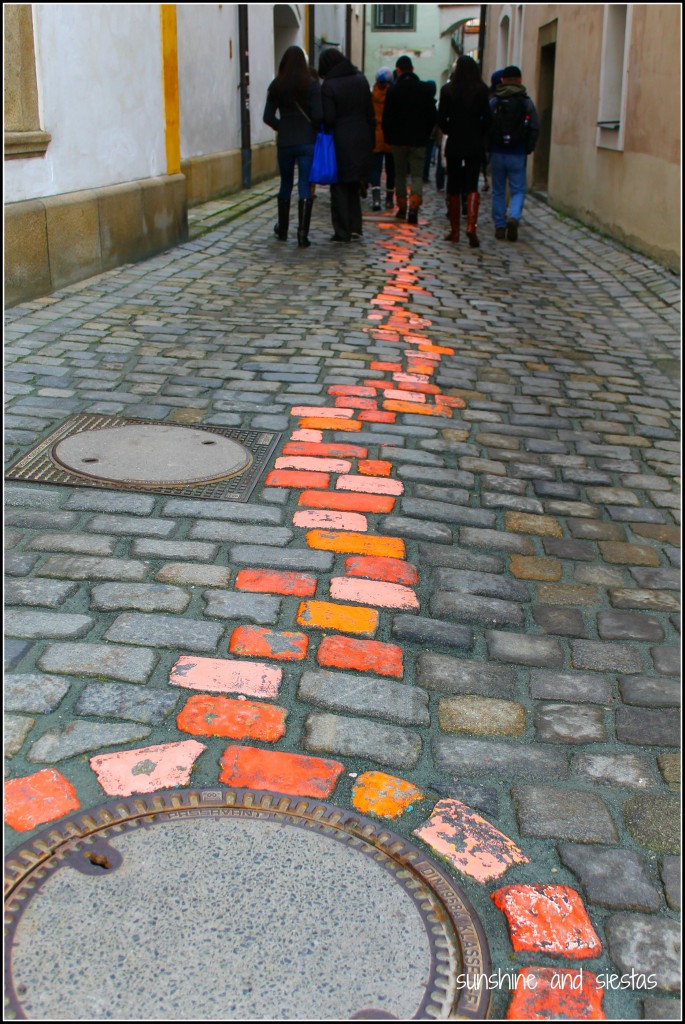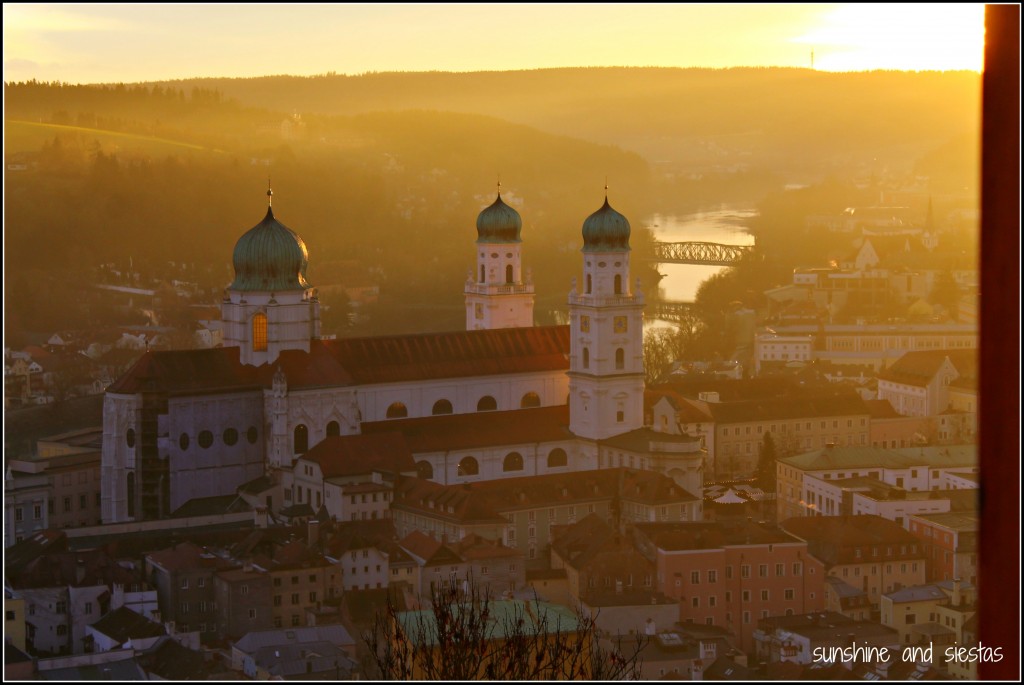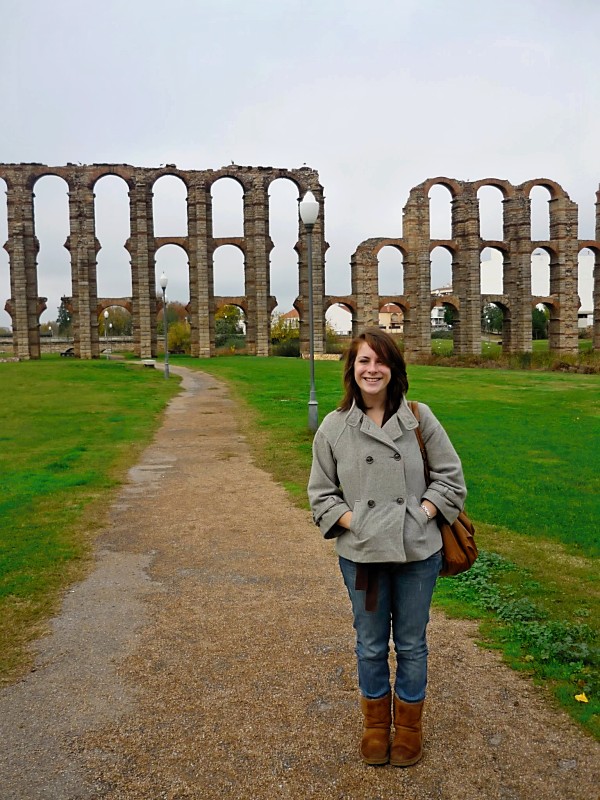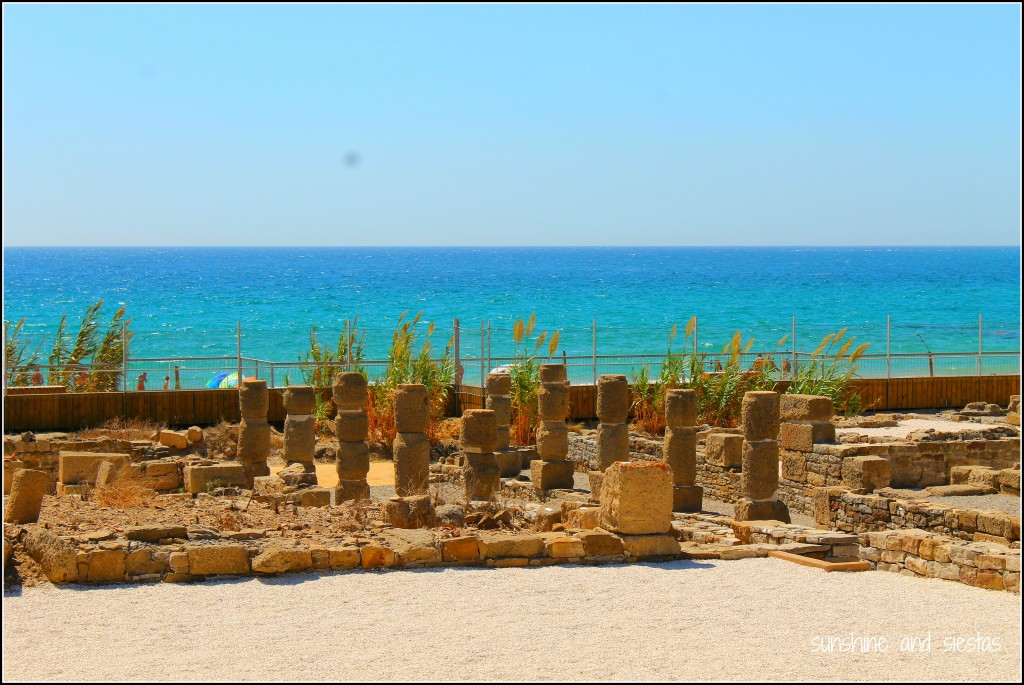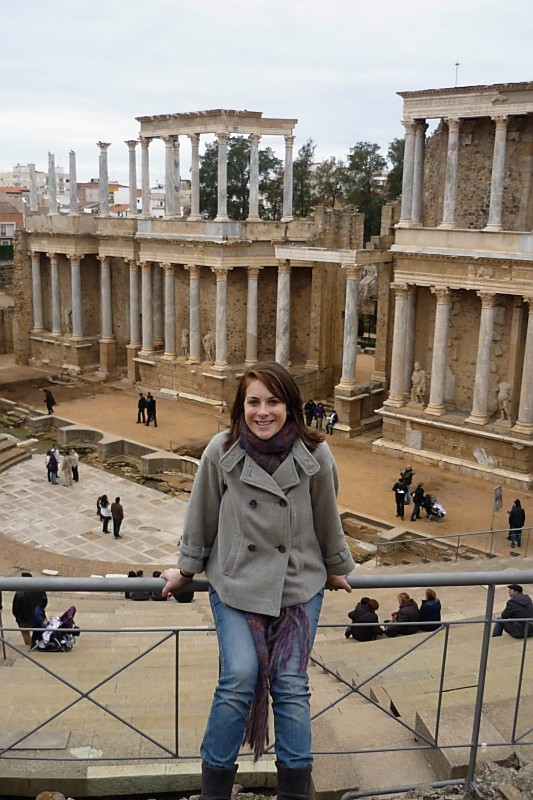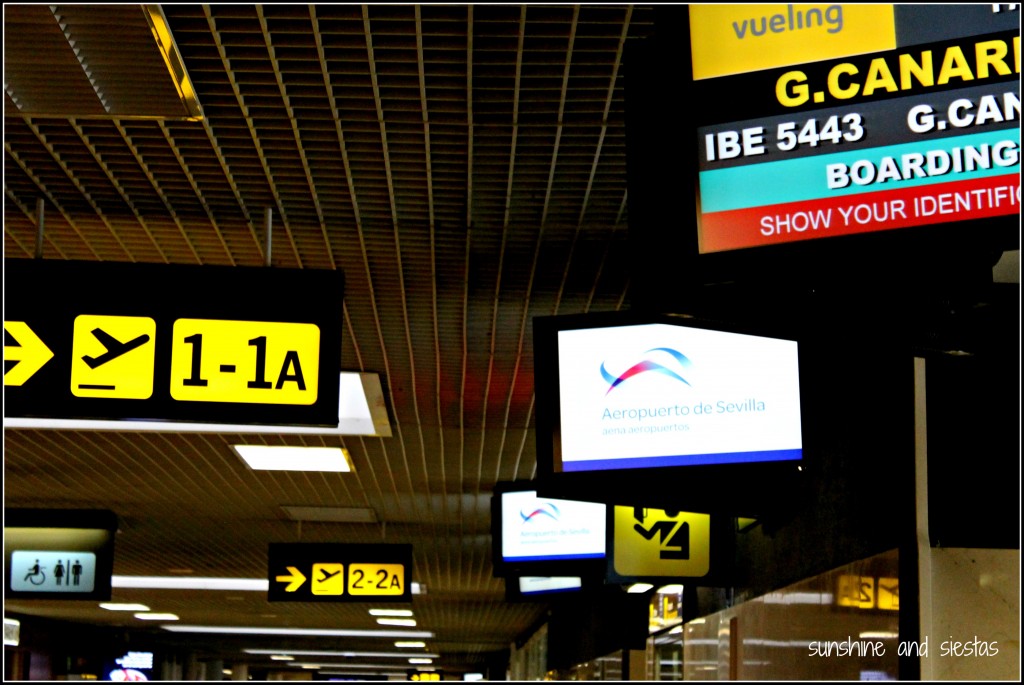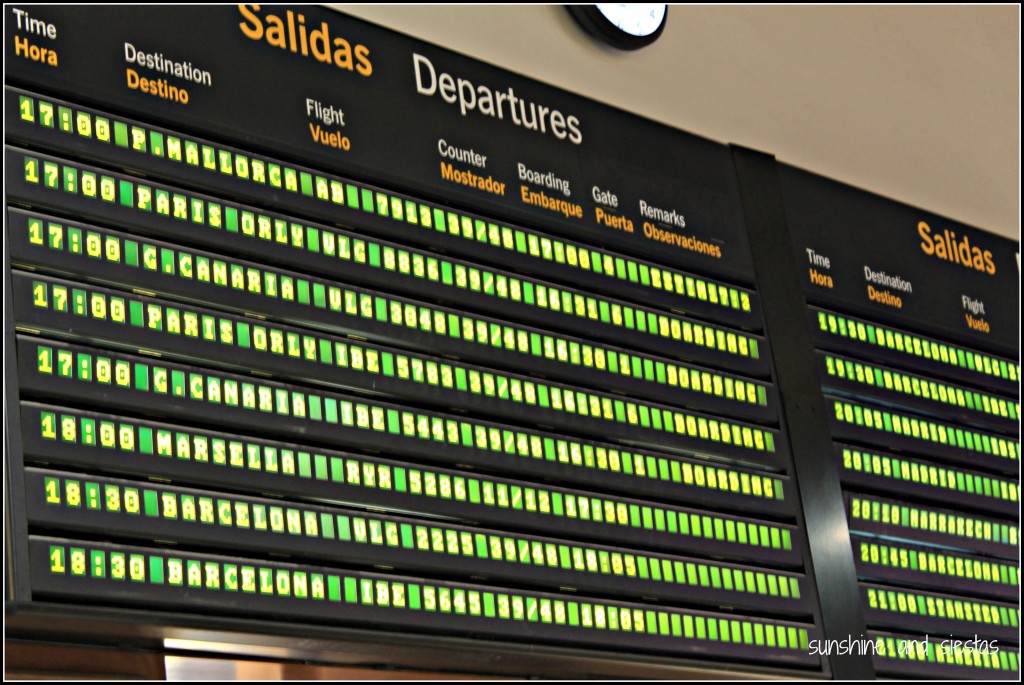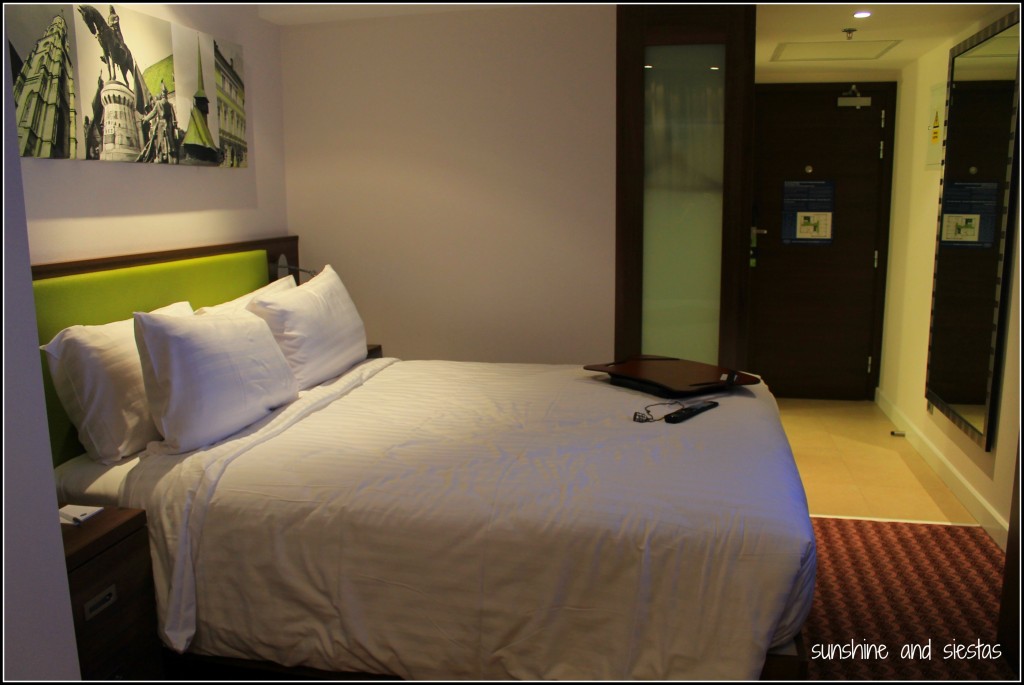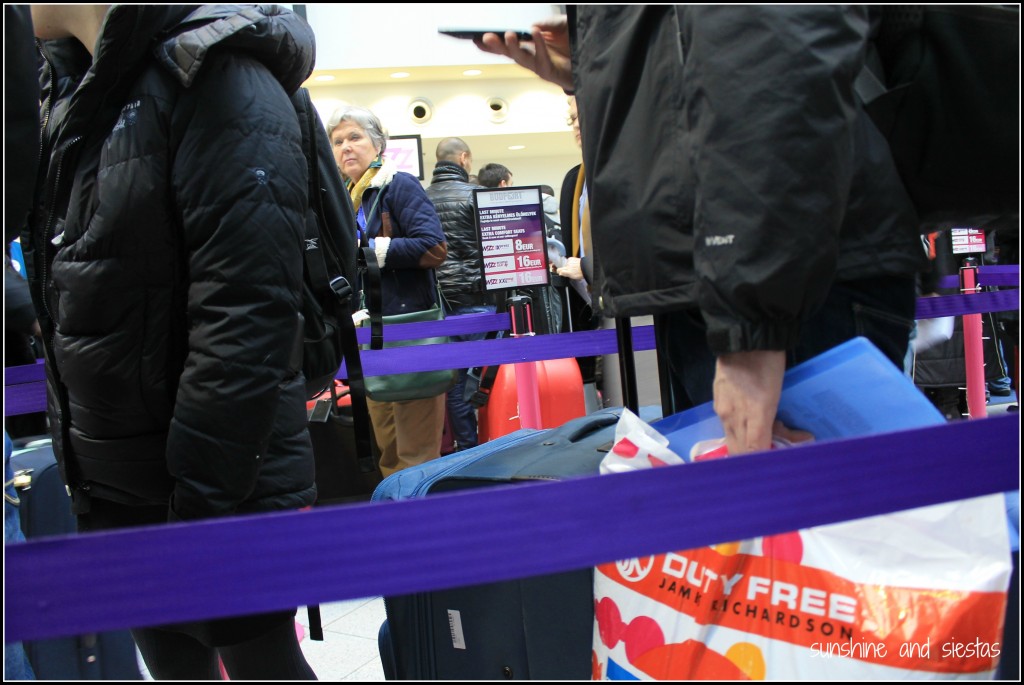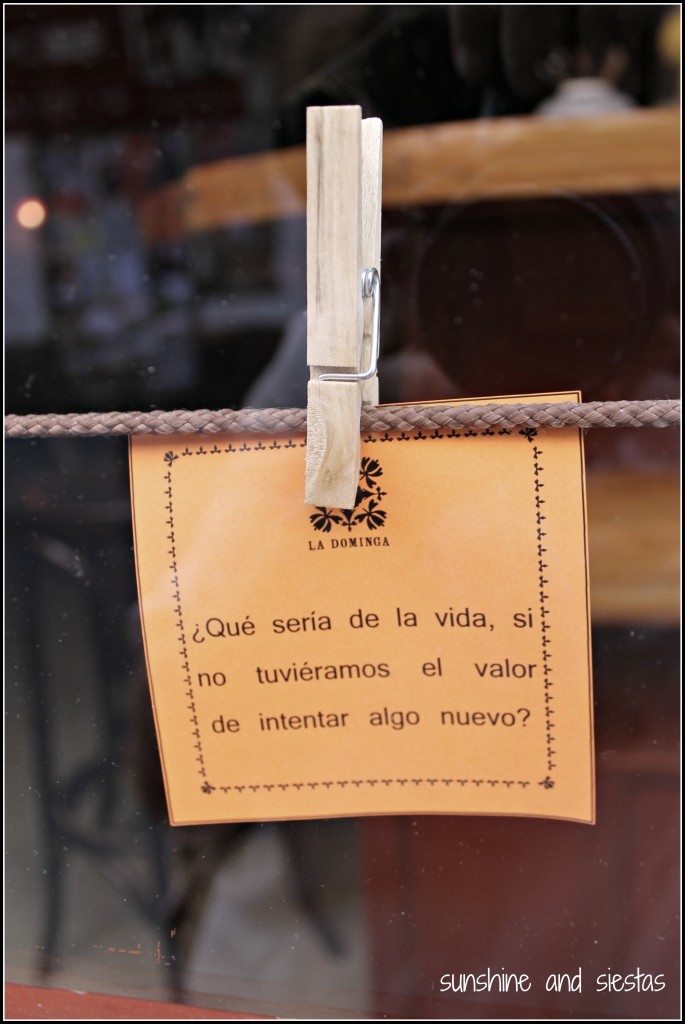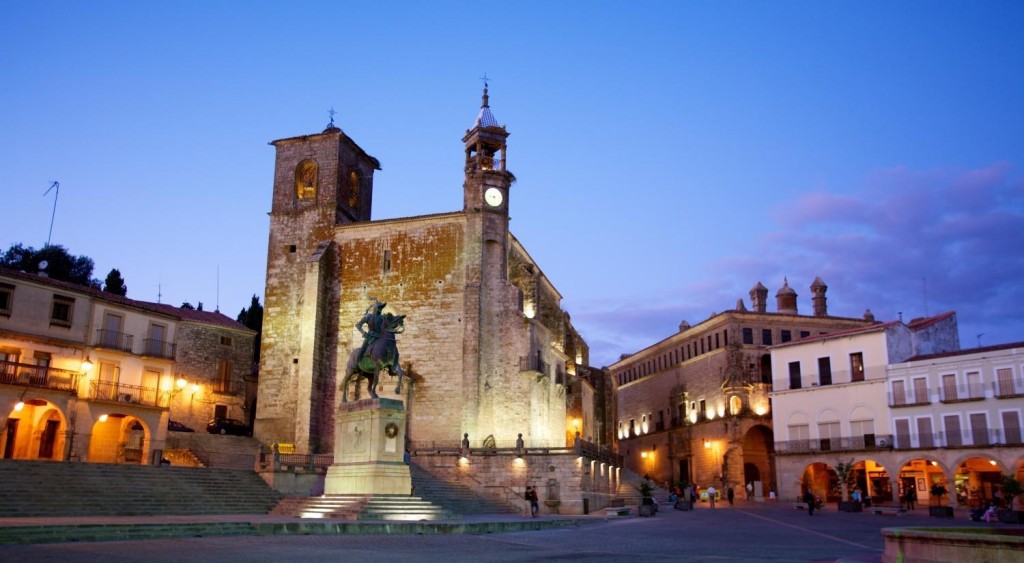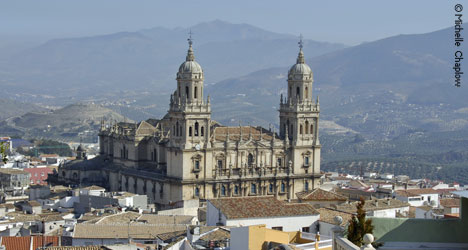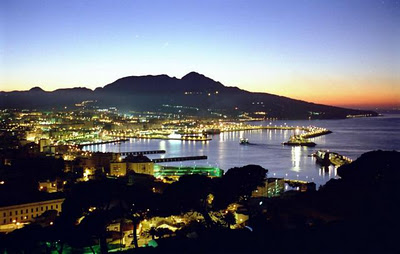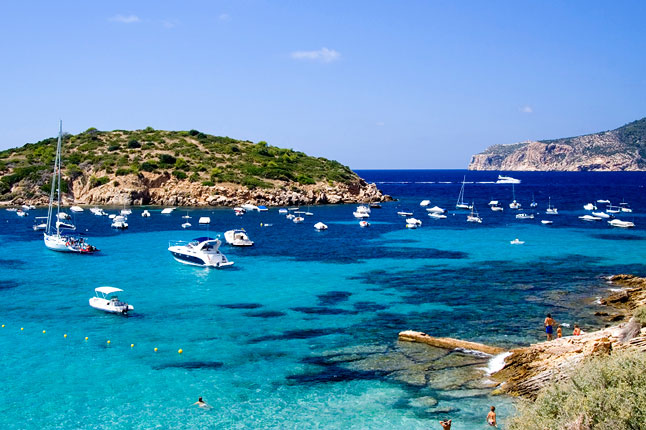A few years ago, I had this moment where I had to pinch myself – I was sitting seventh row at a flamenco fashion show. I couldn’t tell you anything more than it’s name in Spanish, let alone rattle off the colors, fabric, cuts and even the numerous ways to style those ruffles.
SIMOF, short for Salón Internacional de Moda Flamenca, is one of the world’s greatest flamenco fashion shows. Showcasing more than 50 designers (including kids!), Seville’s convention bureau rocks to bulerías as the year’s top designs go down the runway.
When I went three years ago to a Friday afternoon to see Loli Vera’s designs on show at SIMOF, I was drawn into a design world, Tim Gunn style. Even though the models looked like they couldn’t have been more bored as they strutted (well, it’s hard to strut in a traje de gitana) in front of fashion bloggers and video cameras. I began to take interest in desginers – not just of dresses but also shawls and accessories – and giddily begin planning my Feria look a few months before the big event.
The Reyes Magos came a bit late this year, but they left me a fantastic present – money to go towards a new flamenco dress for the Feria de Abril, which I started designing last week with a modista. It was both nerve-wracking and exciting!.
If you go: SIMOF 2014 takes place from this Thursday to the following Sunday in the Convention center of Seville, FIBES. Entrances to the fairgrounds and stands, where you can buy fabrics, trajes and accessories, is 5 and each fashion show costs 10. You can find all the information you need at FIBES Sevilla’s official site for the event.
Have you ever been to SIMOF, or own your own flamenco dress?
